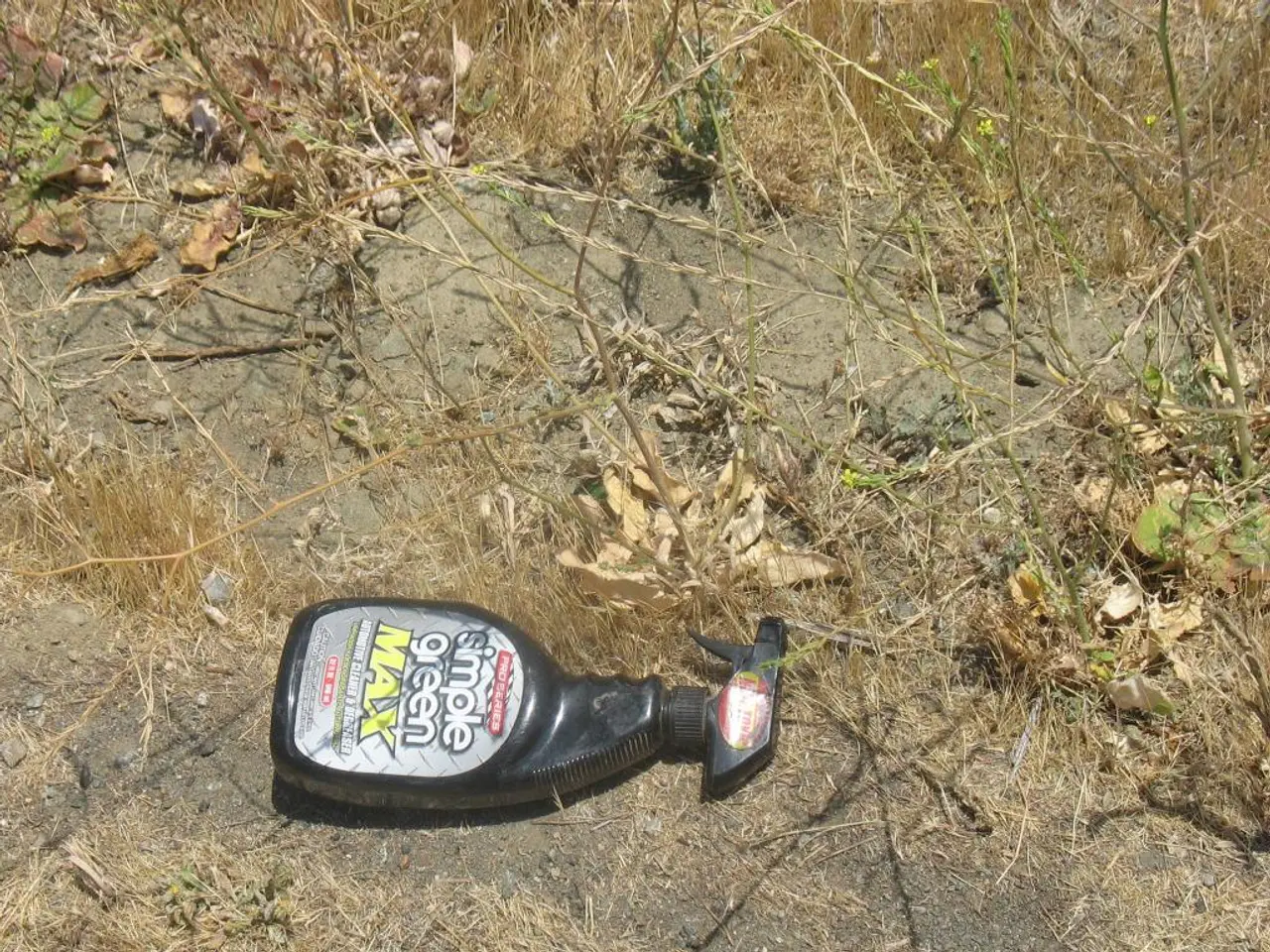Persistence of Herbicides in Composting - Does Herbicide Remain in Hay?
In the world of gardening, maintaining a healthy and productive soil is crucial. However, there's a lesser-known issue that can potentially harm plants and soil quality: herbicide carryover. Here's what you need to know about this issue and how to prevent it.
Herbicide carryover is a condition that can affect multiple plants, mimicking several other plant problems. It occurs when an herbicide that remains active for a long time is either consumed or left behind in hay, straw, clippings, and other organic waste. This can lead to stunted growth, misshapen plant material, poor seed germination, death of young seedlings, and cupped, elongated leaves.
Plants particularly susceptible to carryover include nightshade plants, beans, peas, legumes, and many others. Herbicides such as pyridine carboxylic acids, commonly used to combat broadleaf weeds in fields, are the types of herbicides that persist for months.
Soil tests are the only method to determine if there is grass herbicide carryover or manure contamination. If contamination occurs, the area cannot be planted in for 12 months due to high toxicity.
To prevent herbicide carryover, the primary methods focus on avoiding contamination at the source and ensuring proper breakdown during composting.
Firstly, avoid using contaminated plant material. Herbicide carryover often comes from plant materials treated with persistent herbicides that remain active after composting. Prevent this by not including treated plants, hay, or manure from treated animals in the compost pile.
Secondly, use tested inputs. Obtain manure and plant waste from sources that have not been exposed to persistent herbicides. In country settings, manure and other additives may be free, but they could potentially be a source of grass herbicide carryover.
Thirdly, proper composting conditions are vital. While some herbicides degrade with time and microbial activity, many persistent herbicides resist breakdown even in mature compost. Aerobic composting with balanced green and brown materials, regular turning, and maintaining optimal temperature and moisture can help but may not fully eliminate resistant herbicides.
Fourthly, testing compost or soil amendments for herbicide residues is recommended, especially if inputs' history is uncertain.
Lastly, practicing integrated weed management (IWM) reduces the need for persistent herbicides, indirectly preventing carryover. Crop rotation and careful selection of plants in compost-sensitive areas can also reduce herbicide impact.
In conclusion, understanding herbicide carryover and taking steps to prevent it can help maintain a healthy and productive garden. By avoiding contaminated plant material, using tested inputs, ensuring proper composting conditions, testing compost or soil amendments, and practicing integrated weed management, gardeners can minimise the risk of herbicide carryover and enjoy a thriving garden.
- In the realm of gardening, not only is maintaining a healthy and productive soil vital, but also ensuring the health-and-wellness of plants by preventing herbicide carryover.
- Proper nutrition, including the selection of herbicides that are less likely to cause carryover and the practice of integrated weed management, contribute to the fitness-and-exercise of plants, promoting a healthy garden ecosystem.




